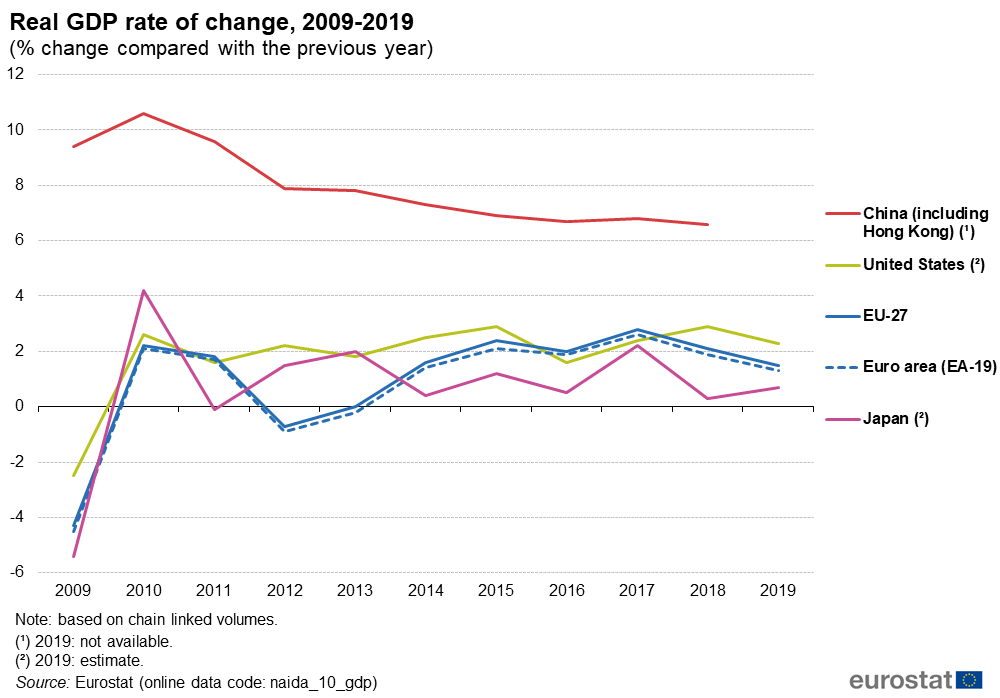
Date: 22 March, 2021 - Blog
A new variation of hyper vs hypo active
Differences in sanitary and economic responses to Covid on both sides of the Atlantic are striking. While the US has proved hectic, but quick and responsive, Europe hesitates and lags. Europe failures may well reflect fundamental flaws in the continent’s institutions and attitudes, namely bureaucratic and intellectual rigidity. But European bungling may ultimately prove less dramatic than feared.
Europe takes its feet in the carpet with the sanitary crisis
In theory, the European health and sanitation systems have nothing to envy to their American (or Asian) counterparts. It was therefore to be expected that both the management of the pandemic and its logistics would go well. Far from it!
The pathetic management of masks, ventilators and vaccines partly annihilated the politically hard efforts made to save lives with strict lockdowns. Lately, vaccination was delayed by attempts to pursue a common European policy, and national governments held back on drug contracts, while waiting for consensus. Deeply worried about paying drug companies too much or opting for vaccines that either proved ineffective or turned out to have dangerous side effects, Eurocrats delayed the procurement process.
The dirigiste/military approach of the US, Israel, Australia, South Korea demonstrated its superiority
Europe turns out to have a problem with widespread hostility to science
Fiscal stimulus, deficits, and creative means of action
In terms of economic growth, Europe, though not being at the epicenter of the Great Financial Crisis 2008/9, started to clearly underperform the US. The Covid crisis is likely to accentuate the growth gap between both. Indeed, the US administration is embarking in a sort of Roosevelt-style New Deal. It mobilizes a maximum of resources, very quickly. It is actually executing US third relief plan, approaching globally $5tn. More is contemplated by year-end with an infrastructure Green Plan.
Real GDP 2009-2019

Source: Eurostat
To be honest, the sense of emergency was not the same in Europe, where the social network offers a better cushion for global employment and the ¨not-haves¨. Still, Europe will deliver its Next Generation EU Recovery. But let us face it, few understand the European procrastination. Indeed, the 27 Member States were in principle to submit their national recovery plans to the European Commission by the end of April 2021. But as of last week, only 20 of the 27 member states had submitted draft plans. Actually, Austria, Ireland, Lithuania, Luxembourg, Malta, Estonia and the Netherlands have not done so yet…
The European turtle lags, for now…
The European bungling hides a real vision. The 750 billion will allow for a transition to a greener and more digital post-covid Europe. In particular, more than 30% of it will be reserved for the fight against climate change and more than 50% will go to investments in research, innovation and digitalization.
In contrast to American hyper-activism, the European response is long-term and extensivel its ambition is to modernize the European economy. In particular, requests for subsidies will only be accepted if they meet specific criteria: more than 30% of the funds will be reserved for the energy transition and 20% for the digital transition. In total, backed by the European budget for 2021-2027 and the loans made by the States, the European response will amount to some 3,000 billion euros.
- US sprints, distributes cash for consumption, while a tarnished Europe drags and plans investments
- Hyperactive US risks to overheat, fuel short-term inflation and unnerve bond / currency markets
- A more friendly – Goldilocks-like – environment should prevail in Europe





